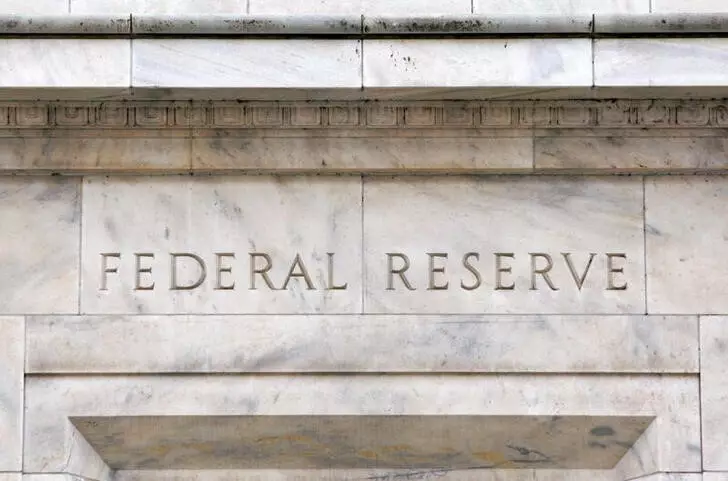Recent statements by Federal Reserve officials have suggested that a rate cut in September is highly probable. However, the exact extent of the reduction remains uncertain and will depend on various economic data points, according to Deutsche Bank economists. They anticipate that the size of the rate cut at the upcoming September meeting will be heavily influenced by labor market statistics. The prevailing belief is that the Fed will implement a 25 basis points (bps) rate cut at each remaining meeting in the year and then pause until the third quarter of 2025 to gradually bring down rates to a neutral level.
Fed Chair Jerome Powell’s Statements
During his address at the Jackson Hole conference, Fed Chair Jerome Powell hinted at potential rate cuts in the near future. While he refrained from providing specific details regarding the timing or magnitude of the cuts, Powell emphasized the need for policy adjustments. He stressed that the direction of policy changes is clear and that the pace and timing of rate cuts will be determined by incoming economic data, evolving outlooks, and risk balances.
Despite market expectations for insights into future monetary policy directions, Powell spent a significant portion of his speech discussing the factors that drove an inflation surge, resulting in 11 rate hikes between March 2022 and July 2023. Powell acknowledged the improvements made in reducing inflation and highlighted the Fed’s ability to now concentrate on maintaining full employment. He noted that the labor market is no longer overheated, supply constraints have normalized, and the risks to the Fed’s mandates have shifted.
Affirming the Fed’s commitment to a strong labor market and consistent progress on inflation, Powell assured that every effort would be made to achieve these objectives. This commitment follows the gradual return of the inflation rate to the Fed’s 2% target, with the preferred inflation indicator currently standing at 2.5%, a decrease from 3.2% a year ago. Furthermore, unemployment has risen to 4.3%, a level often associated with impending recessions. However, Powell attributed this increase to more people entering the workforce and slower hiring processes rather than widespread layoffs or a weakened labor market.

